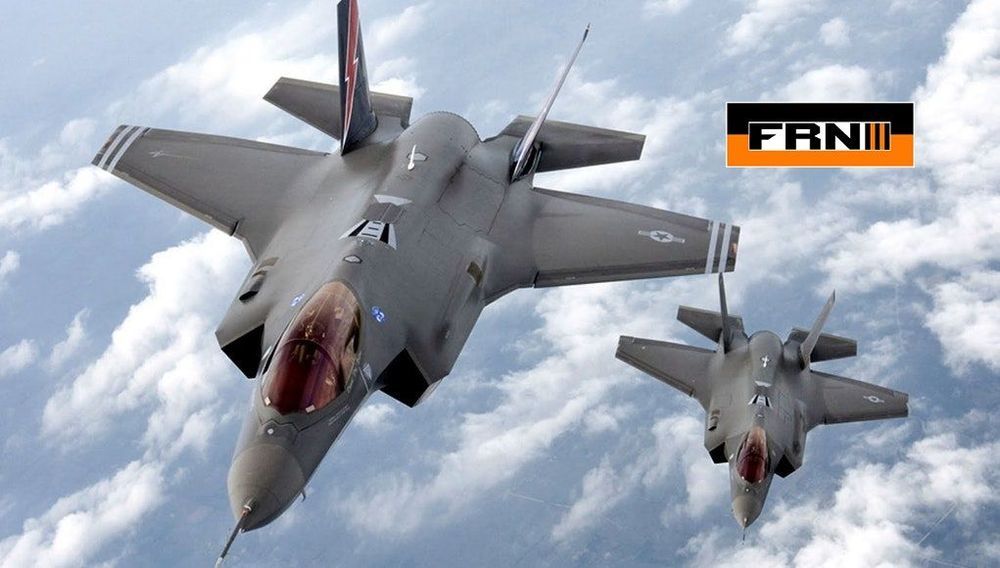WASHINGTON — The Defense Department’s director of operational test and evaluation warns in a new report that the military today is not able to assess the durability of its satellites if they came under attack.
DoD plans to invest at least $100 billion in space systems over the next decade, “and we are not alone,” writes DOT&E director Robert Behler in his just released annual report for fiscal year 2019.
“We therefore must thoroughly understand how our systems will perform in space, particularly when facing man-made threats,” says the report. “Yet, the DoD currently has no real means to assess adequately the operational effectiveness, suitability and survivability of space-based systems in a representative environment.






